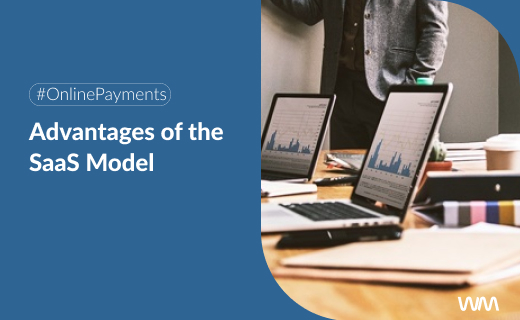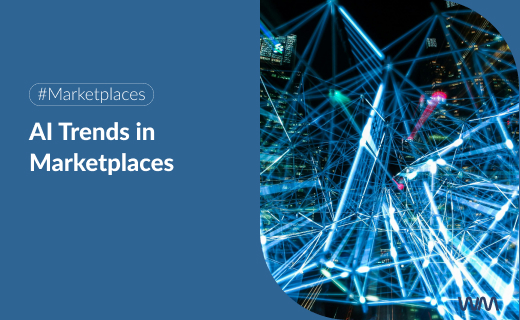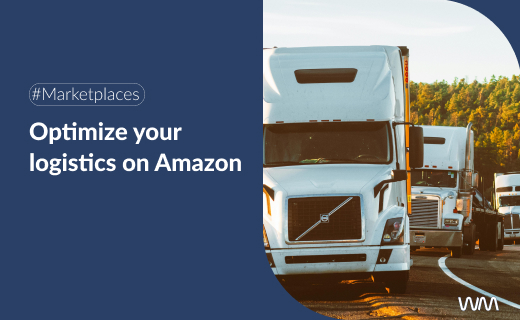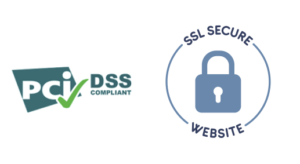What is SaaS? Software as a Service: Advantages for Businesses
Over time, the term “SaaS” (“Software as a Service”), a software distribution model that is revolutionizing how companies acquire and use applications, has evolved into practical, customizable software tailored to your needs.
Gone are the days of purchasing a license that required payment for the entire package. Now, you only pay for the parts you need and want to use. This shift to a pay-as-you-go model demands a billing solution that adapts accordingly. Enter WANNME, the perfect ally. If you’re interested in understanding how it works, the differences from traditional software, and its benefits, keep reading our blog!
What is SaaS?
Software as a Service, or SaaS, refers to a subscription model that hosts all the software and its applications in the cloud, which you can implement in your business. Nowadays, instead of acquiring the entire software suite, you purchase a license for only the applications you need. This model is modular, so you only pay for the functionalities you use. Accessing the cloud from anywhere, you’ll have at your fingertips just the software applications you need.
Such flexibility and adaptability in the user experience require personalized payment systems. This is where a new tool comes in to help you manage everything, with you as the conductor and a wide range of possibilities available through a single API. Yes, we’re talking about Wannme.
How SaaS Works
SaaS operates on a cloud delivery model. The software provider uses their own servers, databases, networks, and computing resources to host the application and related data. You can access the application from any internet-connected device. After payment, the company provides a unique license code for registration on the platform. Any application updates are automatic and distributed remotely to all customers. Client data can be stored on-premises, in the cloud, or both.
Additionally, companies can integrate SaaS applications with other software via APIs (Application Programming Interfaces). For instance, “If I integrate my Calendly with Google Calendar, when someone books a slot on my Calendly, my Google Calendar updates automatically, reserving that time for the meeting scheduled on Calendly.”
Advantages of SaaS
The transition from traditional software to SaaS has brought multiple benefits, enhancing usability, improving management and efficiency, and increasing security. Unlike the traditional model that tied you to a specific local device and involved high costs for the full software, with limited scalability, SaaS is cloud-hosted, allowing 24/7 operation, maintenance, and functionality by the provider. This eliminates costs associated with hardware purchase, setup, and maintenance, as well as software licenses, installation, and support, making cost reduction a primary benefit for companies. Additional advantages include:
Flexible Payment Options: Payments are made on a subscription model, turning costs into recurring expenses, allowing for better and more predictable budgeting. Customers aren’t tied to long-term commitments and can cancel or reduce costs based on usage.
Simplified Updates and Maintenance: Customers don’t need to worry about or pay for SaaS updates or maintenance, as providers automate these updates and maintain the necessary infrastructure, including monitoring servers, managing backups, and implementing security measures to protect customer data.
Scalability and Adaptability: providers can ensure software performance and availability, enabling companies to scale without technical restrictions. SaaS allows quick adaptation to market demands and new business opportunities without significant infrastructure investments or system overhauls.
Integration and Customization: SaaS applications are often customizable and can integrate with other business applications, particularly those from major software providers.
Examples of SaaS
The SaaS market includes a wide range of providers and products, from small independent vendors to cloud giants like AWS and Google.
Google SaaS: Google Photos, Google Drive, Google Suite, Gmail, Google Docs
Microsoft SaaS: OneDrive, Office 365, Microsoft Teams, Dynamics CRM
There are SaaS applications for various business functions, such as email, sales management, customer relationship management (CRM), financial management, human resources management (HRM), billing, and more. Vertical SaaS products target specific industries, like insurance or healthcare. SaaS products can cater to B2B, B2C, or both markets.
Advantages Offered by WANNME for SaaS
With Wannme, this type of software can handle one-time charges, recurring charges, adapt recurring charges based on monthly usage, and even employ recovery strategies for payment failures.
Every customer is unique, with different needs. Understanding their preferences and personalizing the payment process is crucial for gaining a competitive edge, as we do.
Having everything in a single API simplifies management and reduces integration complexity. Contact us.
¡Follow us on LinkedIn!






